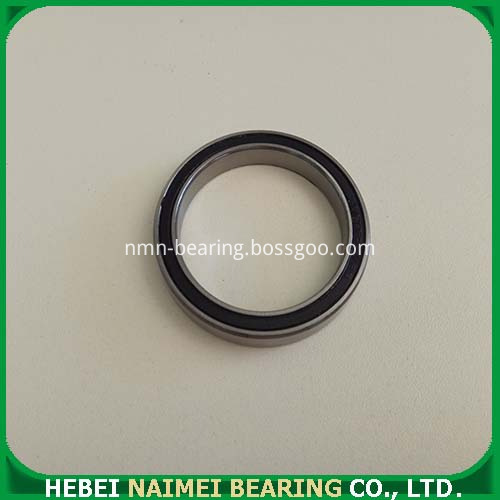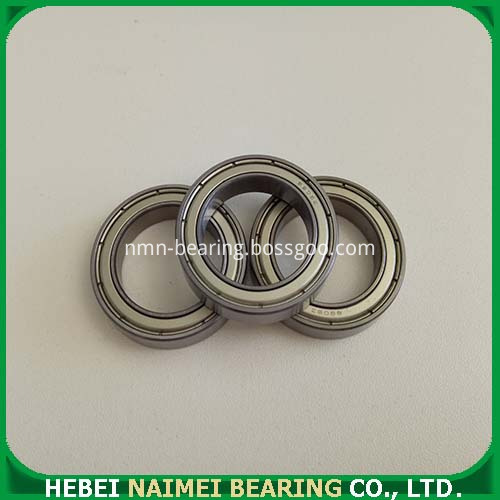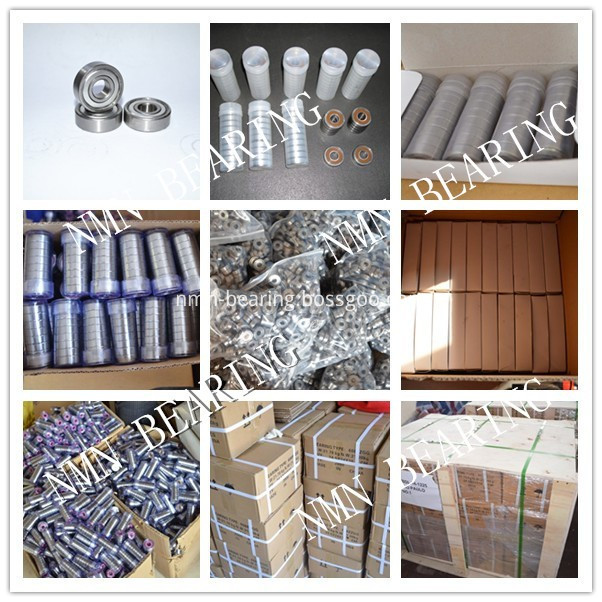Digital multimeter repair methods and techniques
Digital meters are highly sensitive and accurate, and are used in almost every business. However, due to the multi-factors of its failure, and the randomness of the problems encountered, there are not many rules to follow, and the repair is more difficult. Therefore, Xiaobian will sort out some information for your reference.
Looking for faults should be done first and foremost, first easy and then difficult, zero, and key breakthroughs. The method can be roughly divided into the following types:
1. The sensory method makes judgments directly on the cause of the fault by means of the senses. Through the visual inspection, it can be found that such as wire breakage, desoldering, wire short circuit, fuse tube break, burnt component, mechanical damage, copper foil on printed circuit Starting and breaking, etc.; you can touch the temperature rise of the battery, resistor, transistor, and integrated block. Refer to the circuit diagram to find out the cause of the abnormal temperature rise. In addition, the hand can also check whether the component is loose, whether the integrated circuit foot tube is firmly inserted, whether the transfer switch is jammed, and the sound and odor can be heard and smelled.
2. The voltage measurement method measures whether the working voltage of each key point is normal, and can find the fault point faster. Such as measuring the operating voltage, reference voltage of the A / D converter.
3. Short-circuit method In the above-mentioned inspection A/D converter method, the short-circuit method is generally used. This method is used more often when repairing weak current and micro-electrical instruments.
4. The open circuit method disconnects the suspicious part from the whole machine or unit circuit. If the fault disappears, it indicates that the fault is in the disconnected circuit. This method is mainly suitable for the case where the circuit is short-circuited.
5. Measuring component method When the fault has been reduced to somewhere or several components, it can be measured online or offline. If necessary, replace it with a good component. If the fault disappears, the component is broken.
6. The interference method uses the human body induced voltage as an interference signal to observe the change of the liquid crystal display, and is often used to check whether the input circuit and the display portion are intact.
Second, the repair skills for a faulty instrument should first check and identify the fault phenomenon is common (all functions can not be measured), or personality (individual function or individual range), and then distinguish the situation, symptomatic solution.
1. If all the files are not working, the power supply circuit and the A/D converter circuit should be checked. When checking the power supply part, you can remove the laminated battery, press the power switch, connect the meter with the positive meter to the negative, the negative meter is connected to the power supply (for the digital multimeter), and the switch hits the diode measurement file. The forward voltage of the diode indicates that the power supply is good. If the deviation is large, it indicates that there is a problem in the power supply. If there is an open circuit, focus on the power switch and battery leads. If a short circuit occurs, you need to use the open circuit method to gradually disconnect the components that use the power supply, and focus on checking the operational amplifier, timer, and A/D converter. In the event of a short circuit, it is generally more than just an integrated component. Check that the A/D converter can be performed simultaneously with the basic table, which is equivalent to the DC head of the analog multimeter. The specific inspection method is as follows:
(1) The range of the meter to be tested is transferred to the lowest level of the DC voltage;
(2) Measure whether the working voltage of the A/D converter is normal. According to the type of A/D converter used in the table, corresponding to the V+ and COM feet, the measured value is compared with its typical value.
(3) Measure the reference voltage of the A/D converter. The reference voltage of the commonly used digital multimeter is generally 100mV or 1V, that is, measure the DC voltage between VREF+ and COM. If it deviates from 100mV or 1V, it can pass the external potentiometer. Make adjustments.
(4) Check the number of inputs with zero input, short the positive terminal IN+ of the A/D converter to the negative terminal IN-, so that the input voltage Vin=0, the meter displays “00.0†or “00.00â€.
(5) Check the full bright stroke of the display. Short-circuit the test terminal TEST pin with the positive power supply terminal V+ to make the logic ground high, and all digital circuits stop working. Since DC voltage is applied to each stroke, all the strokes are highlighted, the alignment table displays "1888", and the alignment table displays "18888". If there is a lack of strokes, check the A/D converter's corresponding output pin and conductive paste (or wire), and whether there is contact and disconnection between the display and the display.
2. If there is a problem with the individual files, the A/D converter and the power supply unit are working properly. Because DC voltage and resistance files share a set of voltage dividing resistors; AC and DC currents share a shunt; AC voltage and AC current share a set of AC/DC converters; others such as Cx, HFE, F, etc. are composed of independent converters. . Knowing the relationship between them, and then according to the power map, it is easy to find the fault location. If the measurement small signal is inaccurate or the display digital jitter is large, it is important to check whether the contact of the range switch is good.
3. If the measurement data is unstable and the value is always increased cumulatively, short-circuit the input end of the A/D converter, and the display data is not zero, it is generally caused by poor performance of the reference capacitor of 0.1μF.
6800 Series Deep Groove Ball Bearing
Thin wall type bearing(thin wall bearings) has realized the extremely thin cross section of the bearing, also has realized the product miniaturization, lightweight,so is also called thin section ball bearings. The diversity of products extends its application scope. Realized the extremely thin cross section of the bearing, also has realized the product miniaturization, lightweight. The diversity of products extends its application scope. Open, ZZ 2RS Thin Deep groove ball bearings are widely used in water pumps, Food processing machinery and high speed machine tools.
Product Show:



Packing:
1 Industry package: 200pcs/plastic bag, 2000pcs /carbon , 50 cartons/pallet ,
2 Tube Package: 10PCS/tube,then put in Carton and Pallet
3 Single Package: 1PC/single box, then put in Carton and Pallet
And also we can pack according to your requirement.
Packing Photos:

Workshop:

Shippment:

Exhibition:

6800 Series Deep Groove Ball Bearing
6800 Series Deep Groove Ball Bearing,Smooth Thin Wall Bearing,6801 Ball Bearing
Hebei Naimei Bearing Co., Ltd. , https://www.nmn-bearing.com